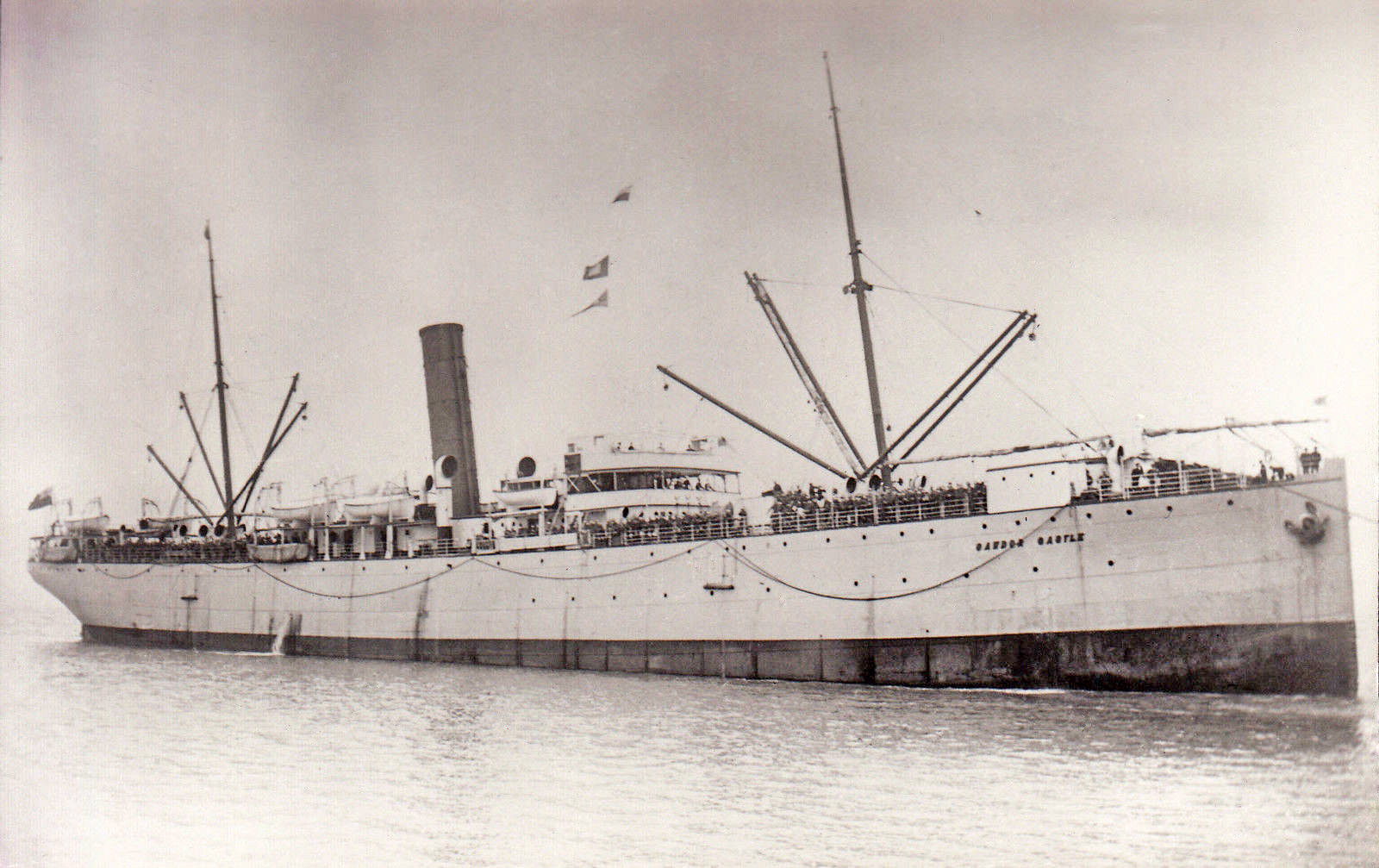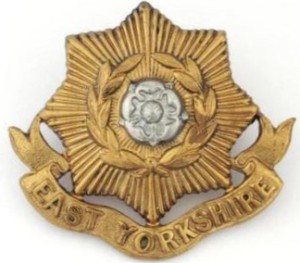William Appleton was born in Hull in about 1886. Towards the end of 1904, William enlisted in the army, joining the 1st Battalion East Yorkshire Regiment for seven years with the “Colours” and a further five years in the Reserve. On 2nd January 1914, he started work at St Audry’s as an attendant, but due to him still being in the army reserve, William was called up immediately when war began on the 4th August 1914. He re-joined his old battalion, the 1st East Yorkshires, and moved to their camp in Cambridge.
On 7th September 1914, the battalion broke camp and entrained at Newmarket on their way to Southampton and eventually, France. They boarded the SS Cawdor Castle that evening, but it was not until the 9th that William and his battalion disembarked at St Nazaire. They were soon on the front line taking part in the capture of the Aisne Heights, an action for which William was entitled to add the Clasp and Rose to his 1914 Star, indicating he had come under enemy fire between 4th August and the 21st November 1914. In Field Marshall John French’s Despatch of 5th April 1915, Sergeant William Appleton was mentioned, earning him the MID Clasp of an Oak Leaf which would be worn on the ribbon of his Victory Medal.
Two months later on 16th June 1915, William was wounded. He was treated at the No.6 Casualty Clearing Station and then at the No.18 General Hospital in Etaples for what was described as “contusions or a simple flesh wound to the scalp”. The battalion war diary said:
“Wed 16th June: Attack by 3rd Division on our right commenced with artillery bombardment with fire from 02:50 am to 04:30 am. 18th Brigade made a demonstration with fire from 04:05 am to 04:24 am. West Yorks had moved up to Railway Wood with Q Westminsters (Queen’s Westminster Rifles) in support. Object of 3rd Division attack to straighten up line across (…) Hooge to the Roulers Railway. First line of enemy trenches captured – many German prisoners and the slightly wounded seen passing down towards the Menin Road. Casualties 4 wounded.”
After treatment, William returned to the front line with the 1st Battalion East Yorkshire Regiment and remained with them for the rest of the war. On 22nd March 1918, when William was due to be discharged, he chose to stay with his regiment and went on to complete twenty-one years of service. For his war service, William received the 1914 Star with Clasp and Roses, the British War and Victory Medal with Oak leaves.
The troopship SS Cawdor Castle that took William to fight in France on 7th September 1914.

